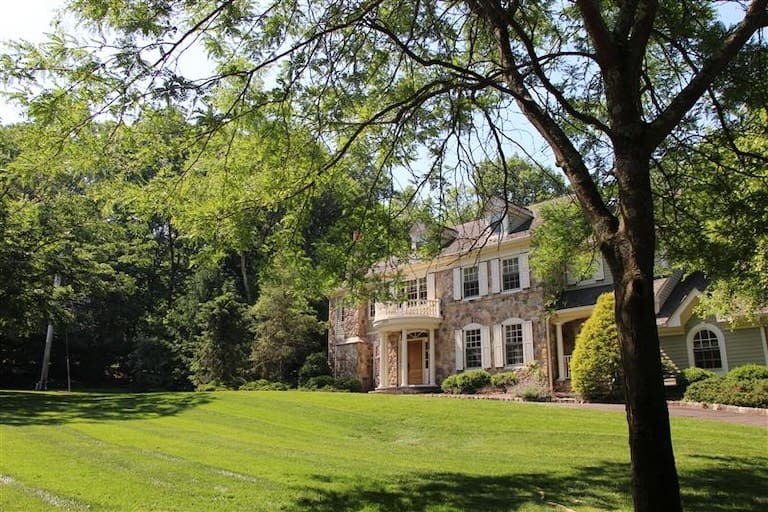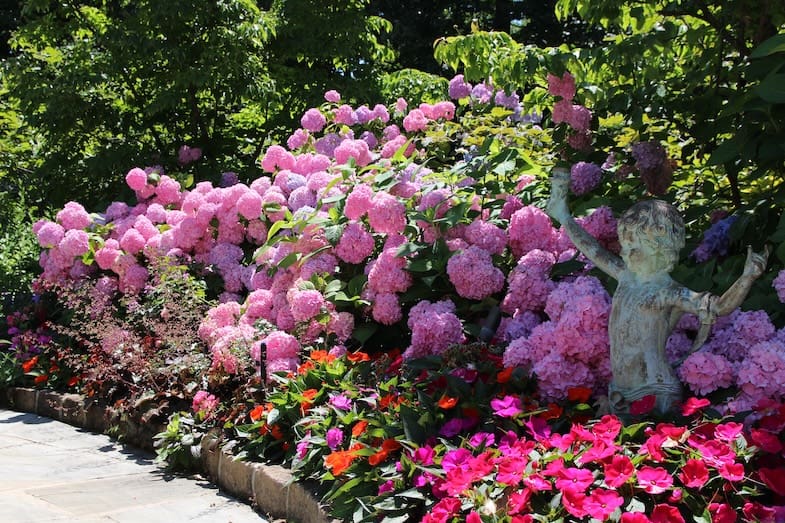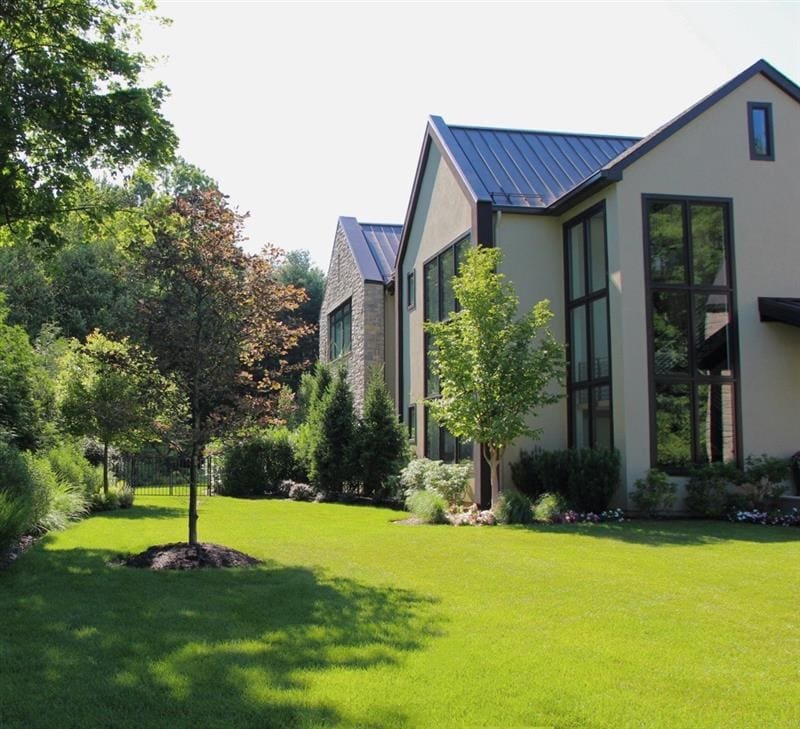Craving A Stunning Lawn? Check Out The Best Lawn Fertilization Methods for Greener Grass
A lush, green lawn is the hallmark of a well-maintained home, and the best fertilization methods for greener grass make all the difference. Whether you’re tackling thin spots, dull color, or slow growth, the right approach can revitalize your turf and create a vibrant, healthy landscape.
At Borst Landscape & Design, we specialize in organic lawn care and professional fertilization services to help homeowners in Bergen County, NJ, and beyond achieve the lawn of their dreams.
Call us today at (201) 785-9400, or contact us online to learn more about our expert lawn care services!
Understanding Lawn Fertilization Basics
Before diving into the best lawn fertilization methods for greener grass, it’s essential to understand why fertilization is necessary. Grass requires three primary nutrients to grow:
- Nitrogen (N): Encourages lush, green growth.
- Phosphorus (P): Supports strong root development.
- Potassium (K): Enhances resistance to disease, drought, and extreme temperatures.
When selecting a fertilizer, you’ll often see a ratio (e.g., 10-10-10), which represents the percentage of these three nutrients. Choosing the right blend for your lawn’s specific needs is crucial for optimal results.
Best Lawn Fertilization Methods for Greener Grass
1. Soil Testing: The Foundation of Effective Fertilization
Before applying any fertilizer, conducting a soil test is the best way to determine what nutrients your lawn is lacking. A professional soil test will provide insights into pH levels and nutrient deficiencies, allowing you to choose the right fertilizer formula.
Tip: Lawn soil should ideally have a pH between 6.0 and 7.0 for best nutrient absorption. If your soil is too acidic, lime can help balance it. If it’s too alkaline, sulfur may be needed.
2. Choosing the Right Fertilizer
There are two main types of fertilizers:
- Slow-Release Fertilizers: Provide a steady supply of nutrients over time, reducing the risk of over-fertilization. These are ideal for long-term lawn health.
- Quick-Release Fertilizers: Deliver nutrients rapidly, offering a quick green-up but requiring more frequent applications.
Organic vs. Synthetic Fertilizers:
- Organic Fertilizers (e.g., compost, bone meal, manure) improve soil health over time and reduce chemical runoff.
- Synthetic Fertilizers provide immediate results but can lead to nutrient imbalances if overused.
3. Timing Your Fertilization Schedule
Proper timing ensures your lawn gets the nutrients it needs at the right growth stage.
- Early Spring (March – April): Use a slow-release, nitrogen-rich fertilizer to jump-start growth.
- Late Spring (May – June): Apply a balanced fertilizer to support continued development.
- Summer (July – August): If necessary, apply a light feeding with a slow-release fertilizer to prevent stress.
- Fall (September – November): The most critical feeding! A high-potassium fertilizer strengthens roots for winter resilience.
Tip: Avoid fertilizing during extreme heat in summer, as it can scorch your grass.
4. Proper Application Techniques
Even the best fertilizer won’t be effective if applied incorrectly. Follow these best practices:
- Use a Spreader: A broadcast or drop spreader ensures even distribution, preventing patchy growth.
- Apply When Grass is Dry: Fertilizer sticks better to dry grass, reducing clumping.
- Water After Application: Light watering helps nutrients penetrate the soil without washing them away.
Tip: Avoid applying fertilizer before heavy rain, as it can cause runoff and waste nutrients.
5. Organic Lawn Fertilization for Long-Term Health
For homeowners who prefer a natural approach, organic fertilization offers sustainable benefits:
- Compost and Mulching: Adds nutrients and improves soil texture.
- Grass Clippings: Leaving clippings on the lawn returns nitrogen to the soil naturally.
- Liquid Seaweed or Fish Emulsion: Provides micronutrients and encourages root growth.
Work with a landscaper that specializes in organic lawn care solutions to ensure your lawn thrives without harsh chemicals.
6. Overseeding and Fertilization: The Perfect Pair
If your lawn has bare spots or thinning grass, overseeding (spreading grass seed over existing turf) combined with fertilization can fill in patches and create a denser, healthier lawn.
Best Time to Overseed:
- Early Fall: The best time to overseed cool-season grasses.
- Spring: A secondary option, but be mindful of pre-emergent weed control products that can inhibit seed growth.
7. Lawn Aeration and Fertilization for Maximum Absorption
Aerating your lawn (poking small holes in the soil) helps fertilizers penetrate deeper into the root zone. This process prevents soil compaction and promotes stronger roots.
- When to Aerate:
- Early Fall or Spring for cool-season grasses.
- Late Spring or Early Summer for warm-season grasses.
Tip: Always fertilize after aeration for the best nutrient absorption!
Transform Your Lawn with Expert Fertilization Services
A lush, green lawn doesn’t happen by chance—it requires proper fertilization, maintenance, and care. By following the best lawn fertilization methods outlined above, you’ll enjoy a healthier, more vibrant yard all season long.
If you’re looking for expert guidance, Borst Landscape & Design provides organic and professional lawn care services tailored to your property’s unique needs.
Call us today at (201) 785-9400 or schedule a consultation online to get started on a greener, healthier lawn!










